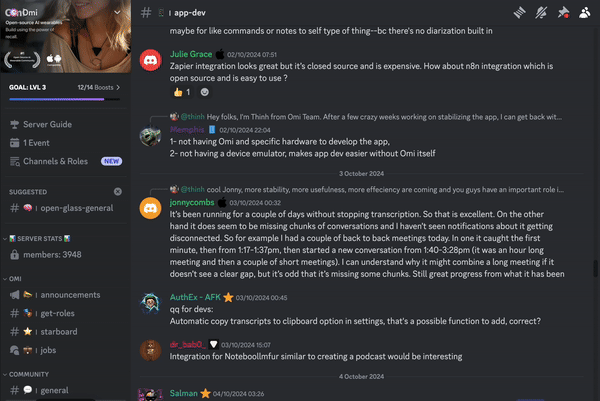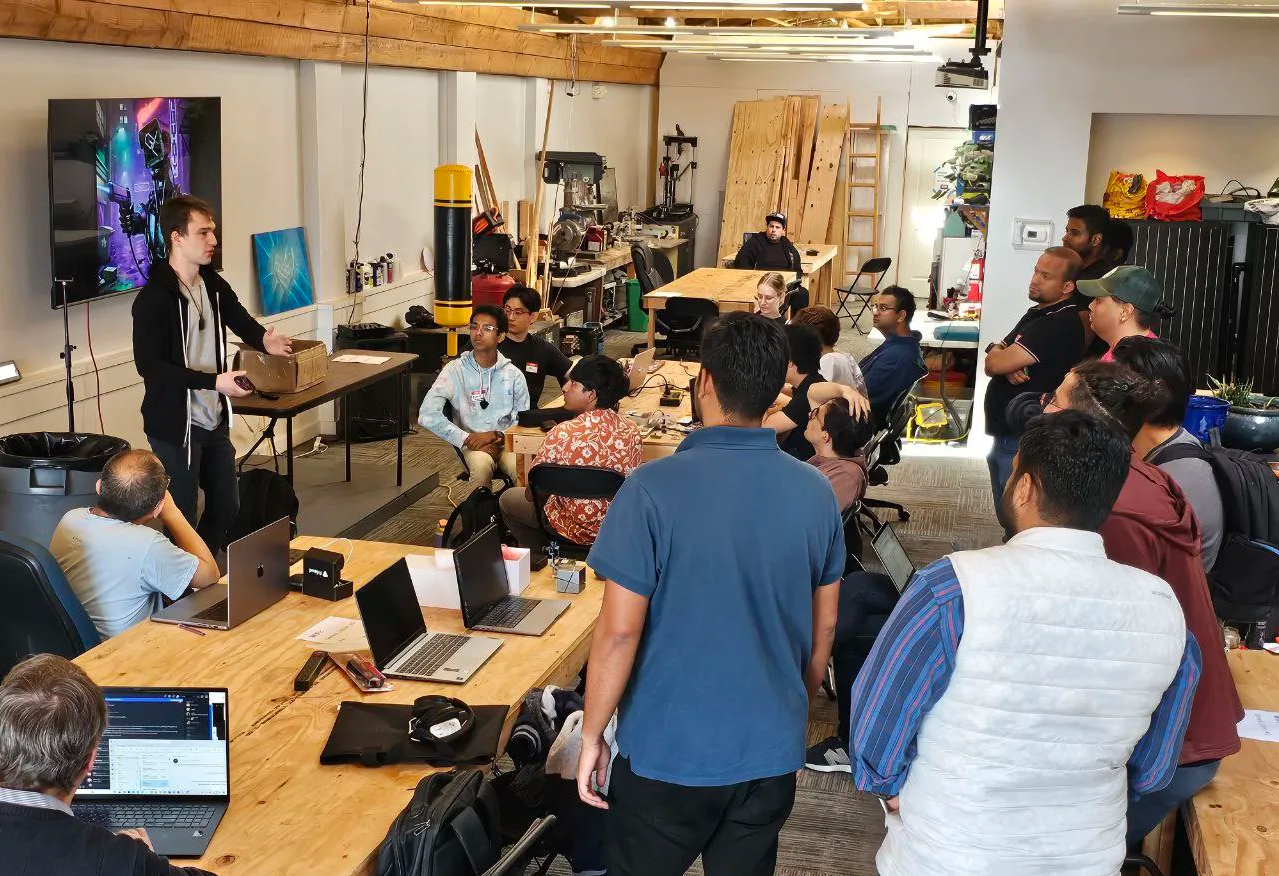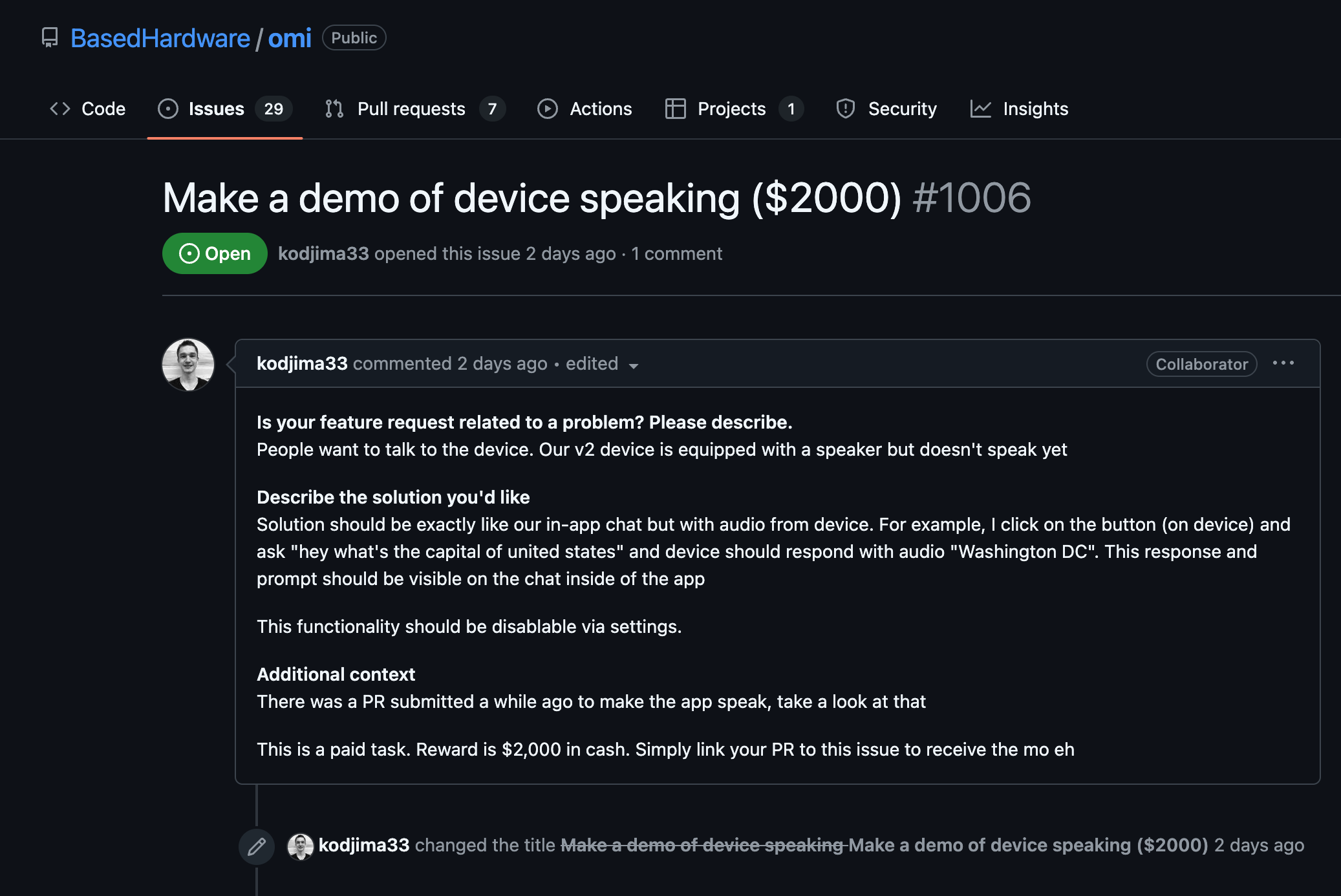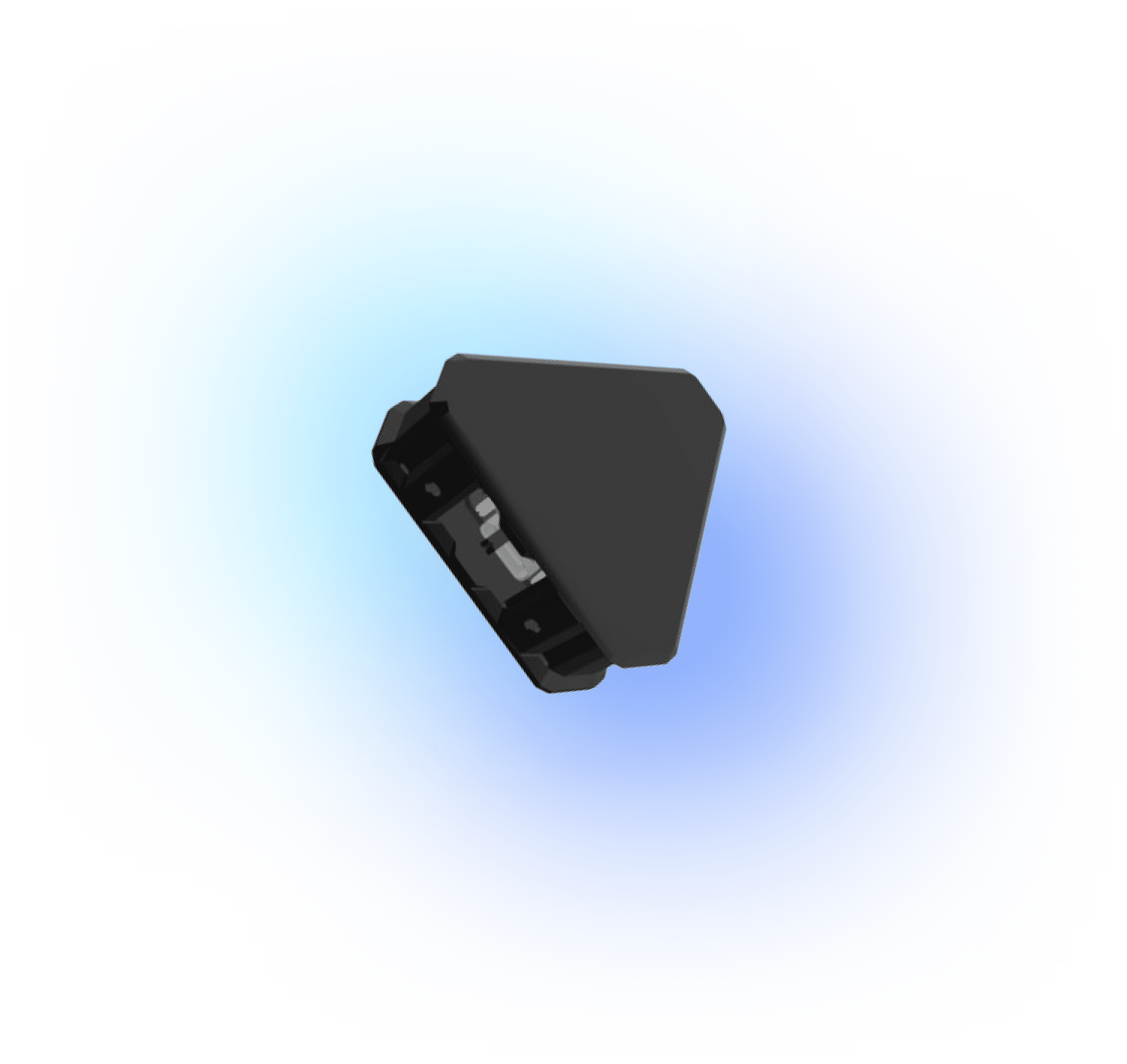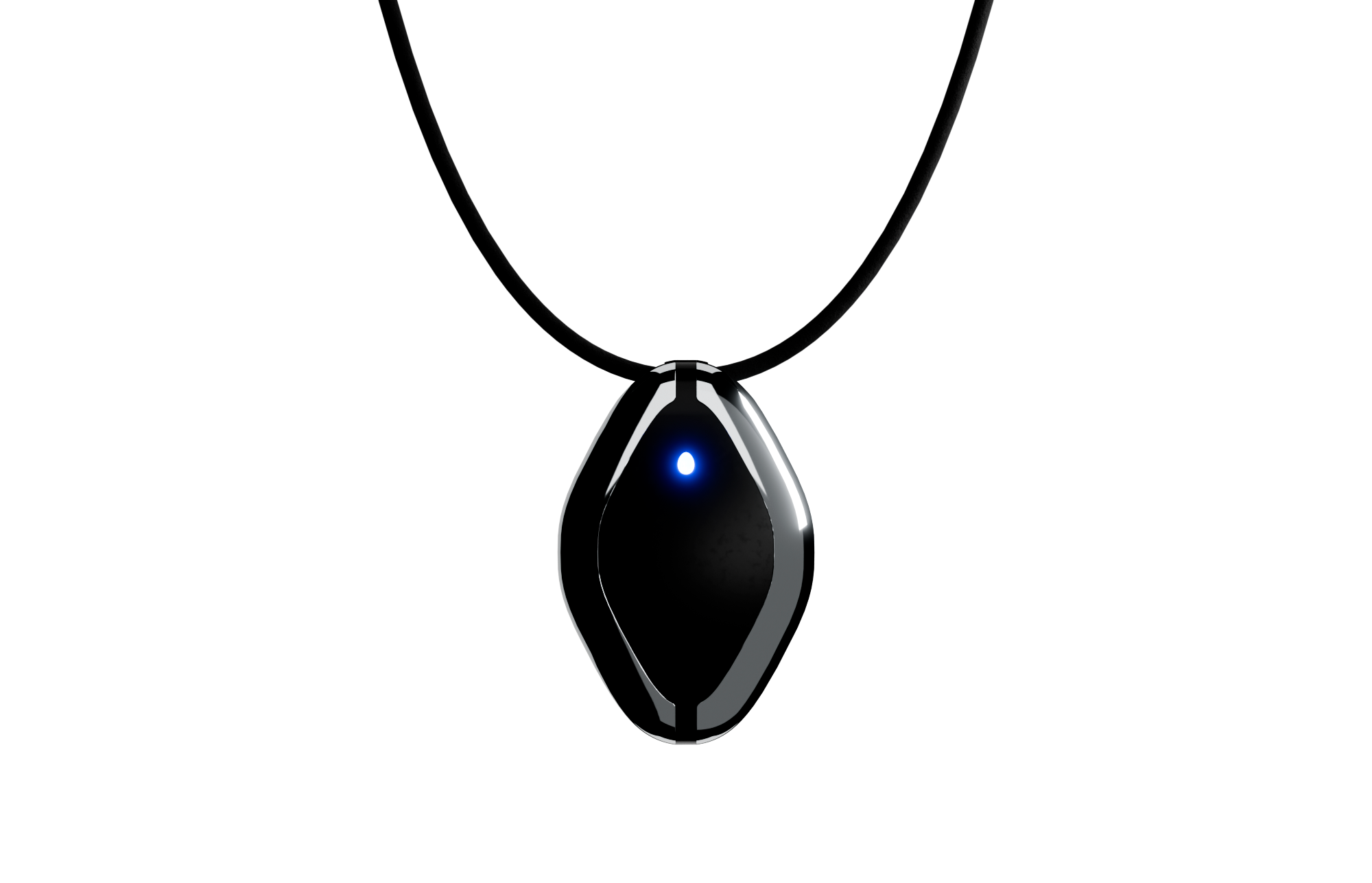Introduction to Microcontrollers
- Microcontrollers are essential components in automation projects, offering a compact and cost-effective solution for controlling devices and processes.
- They integrate a CPU, memory, and programmable I/O peripherals, making them versatile for various applications.
- Popular platforms include Arduino, Raspberry Pi Pico, and ESP32, each with unique features suitable for different project requirements.
Selecting the Right Microcontroller
- Consider the specific needs of your project like processing power, input/output requirements, memory size, connectivity options, and power consumption.
- For wireless communication needs, modules like ESP32 are optimal, while Arduino excels in simple, low-power projects.
Setting Up the Development Environment
- Install the Integrated Development Environment (IDE) suitable for your microcontroller. Arduino IDE is widely used for Arduino and ESP devices, while MicroPython or CircuitPython might be used for other platforms.
- Download the necessary libraries and board definitions for your selected microcontroller to extend its functionalities and ease programming tasks.
Writing and Uploading Code
- Create programs or "sketches" using a language compatible with your microcontroller, typically C/C++ for Arduino-based systems or Python for some other controllers.
- Here's an example code snippet for a simple LED blink using Arduino:
// Basic LED Blink Example
void setup() {
pinMode(LED_BUILTIN, OUTPUT);
}
void loop() {
digitalWrite(LED_BUILTIN, HIGH);
delay(1000);
digitalWrite(LED_BUILTIN, LOW);
delay(1000);
}
- Verify and upload the code via the IDE to test and implement functionality.
Integrating Peripherals and Sensors
- Identify the required sensors or peripherals for your automation task, such as temperature sensors, motors, or wireless modules.
- Connect the devices following the pin configuration and use libraries, if available, to simplify the integration.
- For example, use the `DHT` library for temperature and humidity sensors:
#include "DHT.h"
#define DHTPIN 2
#define DHTTYPE DHT11
DHT dht(DHTPIN, DHTTYPE);
void setup() {
Serial.begin(9600);
dht.begin();
}
void loop() {
float humidity = dht.readHumidity();
float temperature = dht.readTemperature();
Serial.print("Humidity: ");
Serial.print(humidity);
Serial.print("% Temperature: ");
Serial.print(temperature);
Serial.println("C");
delay(2000);
}
Communication Protocols
- Utilize standard communication protocols such as I2C, SPI, and UART to communicate between microcontrollers and peripherals.
- Ensure proper synchronization and error checking mechanisms to maintain data integrity in automated systems.
- Additionally, consider using MQTT for IoT projects to enable communication over the internet efficiently.
Advanced Features and Optimization
- Implement power-saving features to extend battery life in portable projects by using sleep modes and reducing clock speed.
- Optimize code by reusing functions and minimizing resource-intensive operations to ensure smooth operation in real-time tasks.
- Use interrupts to handle real-time events efficiently without busy-waiting cycles.
Testing and Debugging
- While developing automation systems, thoroughly test each component and integration independently before final assembly to identify issues early.
- Utilize serial monitors for debugging and debugging tools compatible with your chosen platform to track and resolve errors efficiently.
